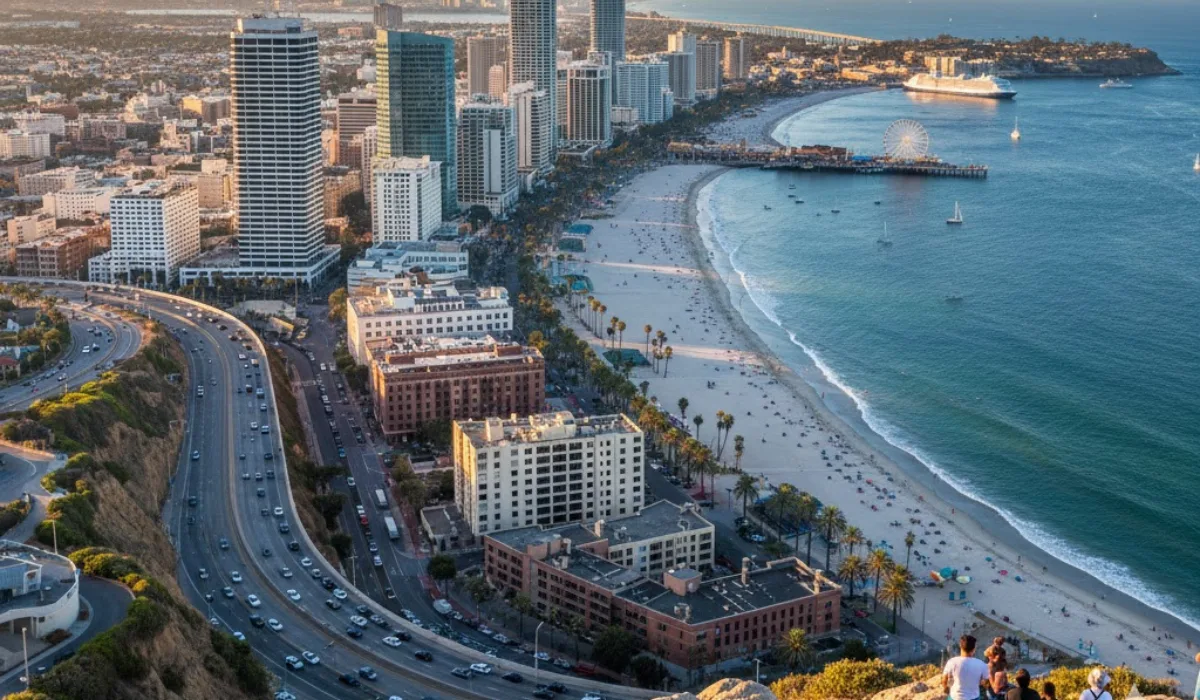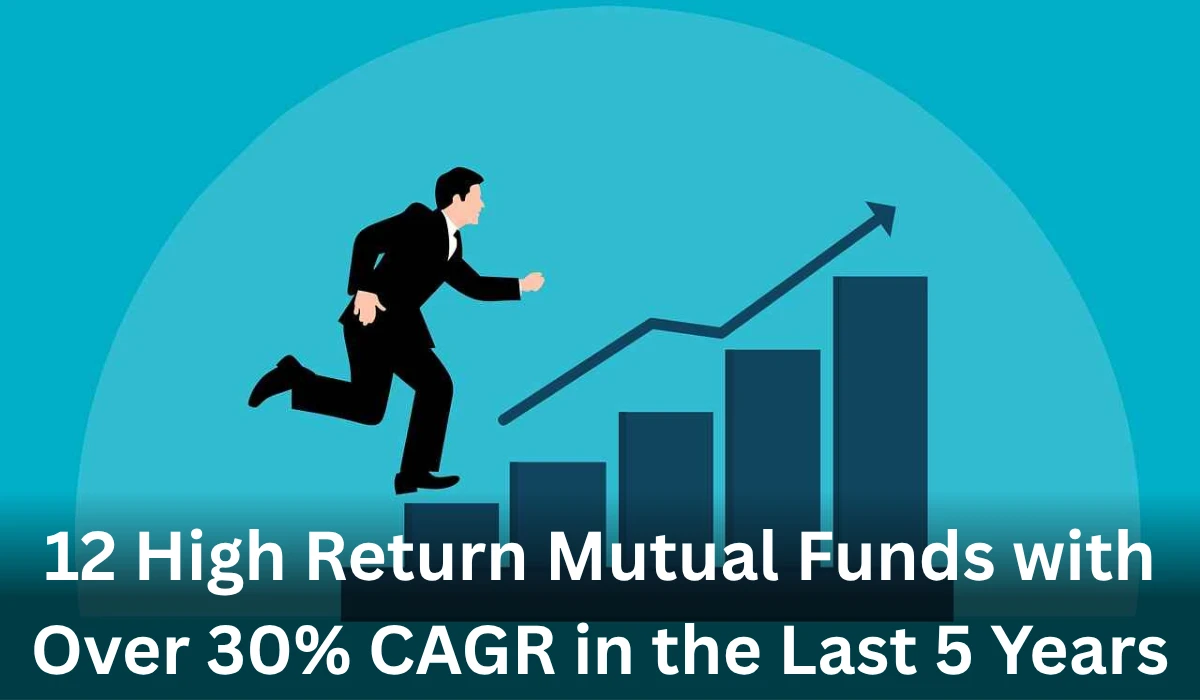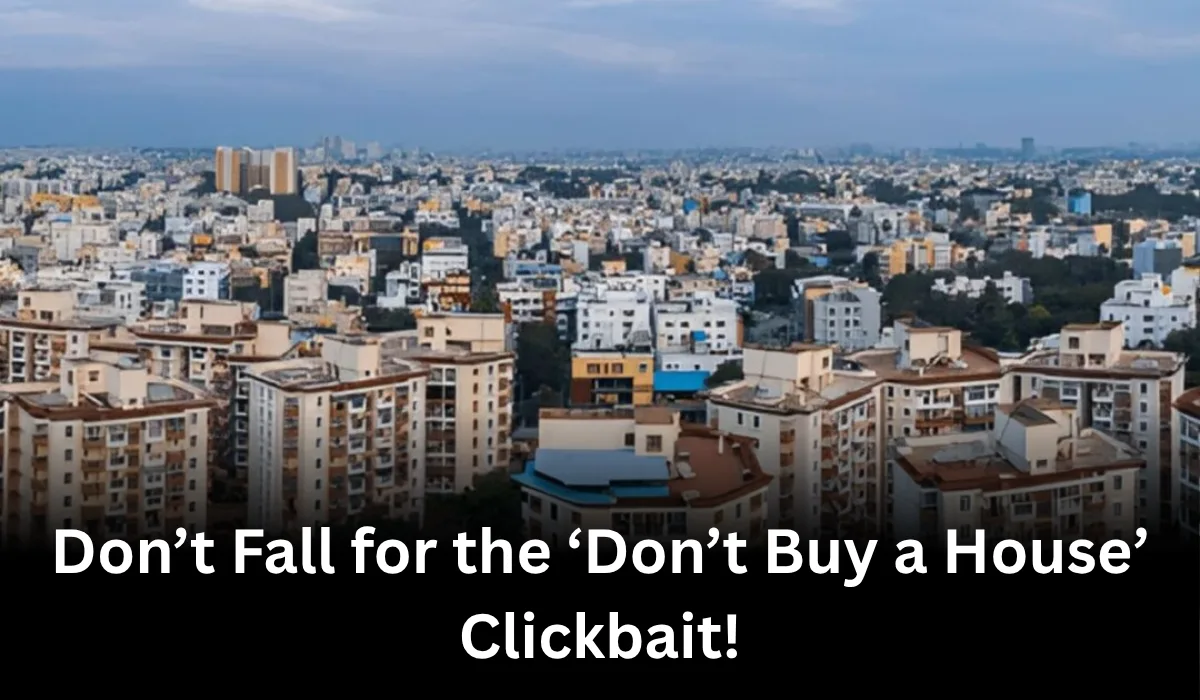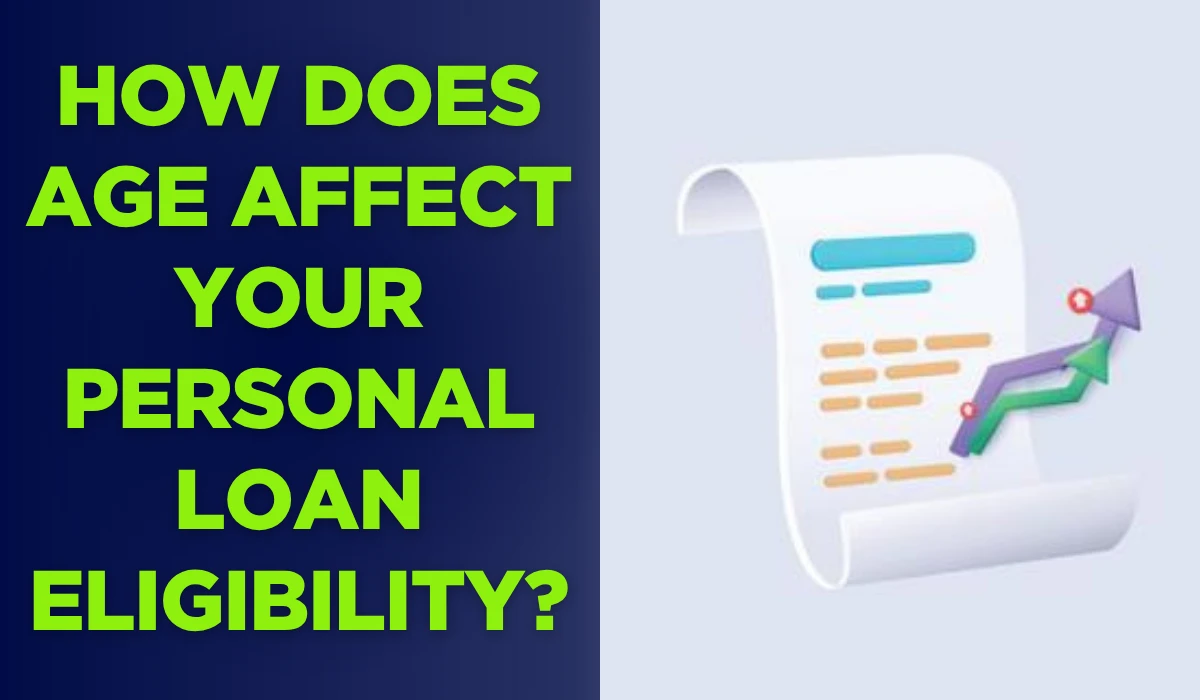The Surge in Million-Dollar Mortgages: A Sign of Market Polarization
The U.S. housing landscape in 2025 reveals a stark divide between everyday buyers and those in ultra-luxury segments. While national home sales remain subdued totaling about 4.1 million existing-home transactions through the third quarter, per National Association of Realtors data mortgage balances tell a different story.
Total outstanding mortgage debt reached $12.94 trillion across 86.47 million loans by mid-year, averaging $149,589 per borrower, as reported by LendingTree. However, in select affluent pockets, these figures balloon dramatically.
Experian's June 2025 review highlights how elevated home values in coastal and tech-driven regions propel average balances skyward. Factors like limited supply with only a 4.6-month inventory in May, up 20.3% year-over-year but still below balanced-market thresholds and rates hovering in the mid-6% range have locked in sellers with sub-4% loans from prior years.
This "lock-in effect" affects roughly 69% of outstanding mortgages with rates at or below 5%, according to Federal Housing Finance Agency estimates. Consequently, new entrants, often high-income professionals, shoulder larger loans to enter these markets.
Transitioning from national aggregates to local extremes, the concentration of million-dollar mortgages in 67 cities illustrates this trend's geographic focus. These areas, primarily in California (31 cities), Florida (12), and New York (4), represent just 0.02% of U.S. ZIP codes but house a disproportionate share of wealth. Zillow data corroborates that median home values in these locales exceed $2.5 million, far outpacing the national median of $403,700 as of March 2025.
Top 10 Cities Leading the Million-Dollar Mortgage Boom
At the pinnacle of this phenomenon, Florida's exclusive enclaves claim six of the top 10 spots, a shift from prior years when California held unchallenged sway. These communities, often gated or waterfront, attract retirees and executives seeking tax advantages and lifestyle perks. For instance:
| Rank | City | State | Average Mortgage Balance (June 2025) |
|---|---|---|---|
| 1 | Golden Oak | FL | $3,627,594 |
| 2 | Gulf Stream | FL | $3,206,007 |
| 3 | Golden Beach | FL | $2,969,951 |
| 4 | Captiva | FL | $2,620,156 |
| 5 | Atlantis | FL | $2,585,199 |
| 6 | Montecito | CA | $2,487,787 |
| 7 | Hidden Hills | CA | $2,149,578 |
| 8 | Atherton | CA | $2,137,851 |
| 9 | Hunts Point | WA | $2,016,164 |
| 10 | Sagaponack | NY | $1,977,857 |
Golden Oak, an elite subdivision near Walt Disney World, tops the list with balances nearly quadruple the national average, fueled by median home sales topping $5 million. Gulf Stream and Golden Beach, both in Palm Beach County, follow closely, where oceanfront properties command premiums amid Florida's no-income-tax appeal. California's entries, like Montecito home to celebrities and tech moguls reflect Silicon Valley spillover, with home values up 8.2% year-over-year per Redfin.
This year's newcomers, including Miami Beach ($1,010,602) and La Jolla ($1,025,273), signal expansion beyond tiny hamlets. Miami Beach's average jumped 15% from 2024, driven by international buyers and condo renovations. Meanwhile, five former million-dollar cities dipped below the threshold, likely due to equity paydowns or refinances.
California's Enduring Grip on High-Balance Mortgages
California's 31 qualifying cities spanning from Malibu to Saratoga account for 46% of the list, aligning with the state's status as the priciest housing market outside Hawaii.
Zillow ranks Los Angeles and San Francisco metros among the top five for median prices, at $950,000 and $1.3 million, respectively. In these areas, conforming loan limits reach $1,209,750, per Federal Housing Finance Agency's January 2025 announcement, yet many transactions still demand jumbo financing.
Key California standouts include:
| City | Average Mortgage Balance (June 2025) | Key Driver |
|---|---|---|
| Pacific Palisades | $1,716,991 | Hollywood proximity, beach access |
| Newport Beach | $1,160,571 | Yacht harbors, family estates |
| Palo Alto | $1,059,033 | Tech workforce, Stanford influence |
| Beverly Hills | $1,005,815 | Luxury retail, entertainment hubs |
Background context reveals regulatory and economic forces at play. Proposition 13's property tax caps since 1978 incentivize long-term ownership, reducing turnover and inflating prices.
Coupled with tech booms adding 150,000 jobs in the Bay Area since 2020, per U.S. Bureau of Labor Statistics demand from high earners (top 10% income averaging $450,000 annually) sustains elevated balances.
However, state-specific challenges like wildfire risks and insurance hikes, up 55% in 2024 per Insurance Information Institute, prompt some equity taps, further boosting averages.
Florida's Rapid Ascent: From Fringe to Front-Runner
Florida's 12 cities mark a 50% increase from 2024, with balances in places like Palm Beach ($1,805,838) and Bal Harbour ($1,885,057) reflecting a post-pandemic migration wave. Over 500,000 net residents arrived between 2020 and 2024, drawn by remote work flexibility and favorable taxes, according to U.S. Census Bureau. This influx, concentrated in South Florida, has pushed median prices in Miami-Dade County to $625,000, a 12% annual gain.
Notable Florida entries:
| City | Average Mortgage Balance (June 2025) | Notable Feature |
|---|---|---|
| Palm Beach | $1,805,838 | Billionaire Row estates |
| Captiva | $2,620,156 | Sanibel Island seclusion |
| Rosemary Beach | $1,063,924 | Emerald Coast architecture |
Hurricane recovery efforts, including $2.5 billion in federal aid post-2024 storms, have spurred renovations, elevating property values. Yet, rising insurance premiums averaging $6,000 annually statewide erode affordability, pushing more borrowers toward home equity lines of credit (HELOCs), which averaged $45,157 in 2024 per Experian.
Metros with the Highest Share of Million-Dollar Loans
Beyond city-level averages, metropolitan data from Experian spotlights where seven-figure mortgages proliferate as a percentage of total originations. Tech-heavy San Jose leads with 20.9% of balances exceeding $1 million, followed by San Francisco at 16.2%. These figures align with median incomes surpassing $150,000 in Silicon Valley.
| Metro Area | Percentage of Mortgages Over $1 Million |
|---|---|
| San Jose, CA | 20.9% |
| San Francisco, CA | 16.2% |
| Los Angeles, CA | 9.5% |
| San Diego, CA | 7.9% |
| Seattle, WA | 6.8% |
In contrast, metros like Naples, FL (4.8%), benefit from retiree influxes, with 25% of buyers over 65 per NAR. This distribution highlights how job markets and migration patterns dictate mortgage scale: Tech and finance hubs dominate the West Coast, while leisure destinations fuel Florida's rise.
Jumbo Loans in 2025: Stricter Standards Amid Favorable Rates
For balances surpassing conforming limits $806,500 baseline in 2025, up 5.2% from $766,550 jumbo loans become essential. In high-cost counties, this ceiling hits $1,209,750, yet 40% of transactions in listed cities exceed it, per FHFA. Jumbo rates, averaging 6.68% for 30-year fixed as of October 7, 2025 (Bankrate survey), edge above conforming averages of 6.71% but have inverted historically, offering relative bargains.
Lenders impose tougher criteria: FICO scores above 700 (versus 620 for conforming), debt-to-income ratios under 43%, and down payments of 20-25%. Unlike conforming loans, backed by Fannie Mae and Freddie Mac, jumbos remain on bank balance sheets, amplifying default risks. Official statements from the Mortgage Bankers Association note that super-prime borrowers (scores 720+) comprised 79.6% of 2025 originations through Q2, underscoring credit's pivotal role.
Borrowers can mitigate costs via buydowns or points deducting 1% of loan amount shaves 0.25% off rates or by shopping lenders, where spreads vary by 0.5%. With total jumbo volume projected at $300 billion for 2025 (up 8% year-over-year), per J.P. Morgan Research, preparation remains key.
National Mortgage Trends: Growth Amid Affordability Hurdles
Nationwide, mortgage debt's ascent $12.94 trillion total, per LendingTree outpaces inflation at 2.4% annually. Equity-rich properties, where balances are 50% or less of value, hit 52% in Q2 2025 (CoreLogic), buffering against downturns. Foreclosure starts, at 0.3% of loans, remain historically low, down from 2008 peaks.
Yet, challenges loom: Pending sales rose 5.5% in September 2025 (NAR), signaling buyer confidence post-Fed cuts, but inventory constraints persist. Home prices, up 3% overall (J.P. Morgan forecast), flatten in overbuilt Sun Belt areas while climbing 5% in Northeast metros. For average borrowers, monthly payments on a $403,700 median home at 6.7% equate to $2,600, a 15% hike from 2023.
Implications for Buyers and the Broader Economy
These trends signal resilience in luxury segments but strain middle-market access. With 24% of mortgages under 3% rates (FHFA), lock-in delays supply relief, potentially adding $50,000 to annual payments for switchers.
Policymakers eye incentives like expanded tax credits, but FHFA's VantageScore 4.0 adoption could broaden credit access for 10 million underserved borrowers.
For U.S. buyers, focusing on credit optimization—aiming for 740+ FICO—and exploring assumable loans on older properties offers pathways. As 2025 closes, modest rate easing to 6.5% by year-end (Freddie Mac projection) may unlock 200,000 additional sales, per NAR, fostering gradual balance.
In summary, the 67-city milestone underscores a housing market adapting to wealth concentration and financing realities. While million-dollar norms remain outliers, their expansion reflects enduring American aspirations for premium living, tempered by prudent financial navigation.














